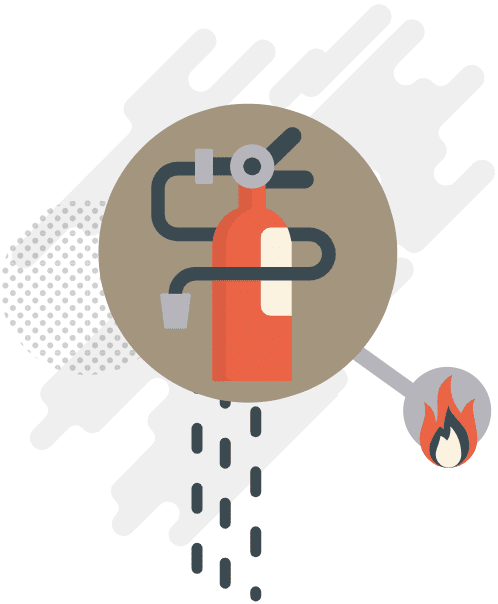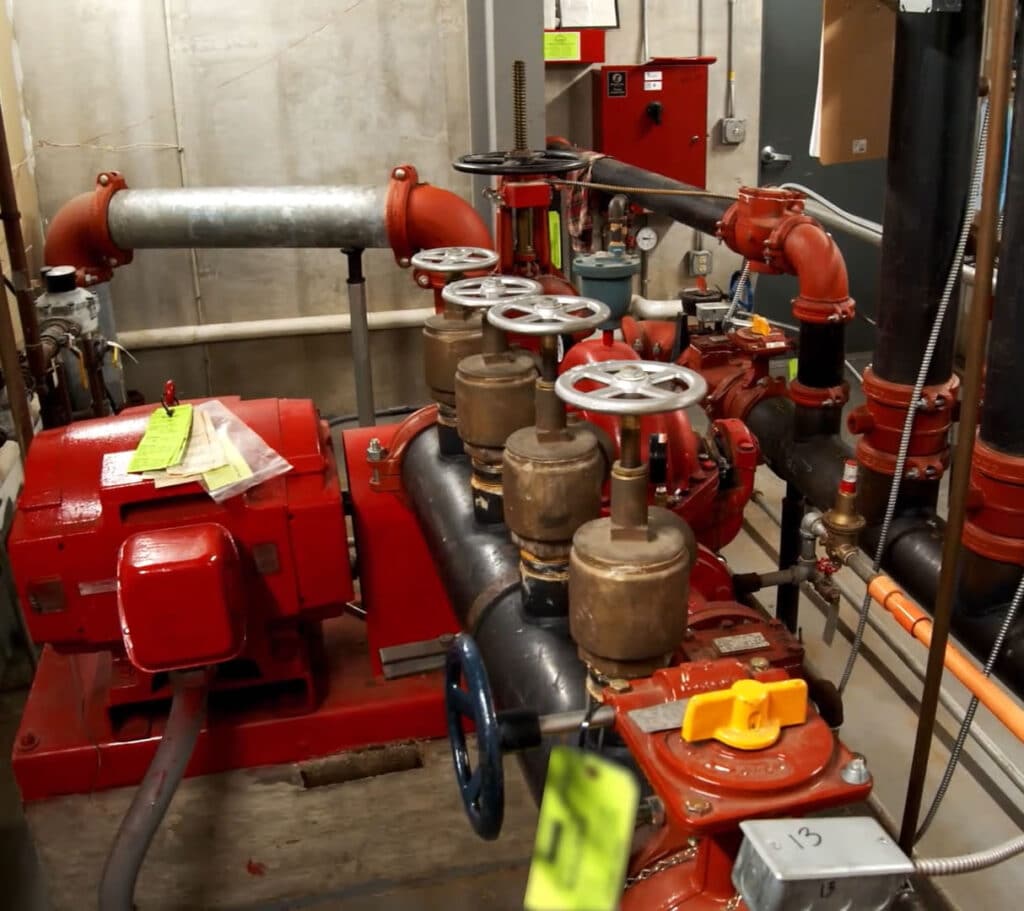Fire destroys an estimated $12 billion in commercial assets every year. Investing in the right fire alarms and suppression systems can protect your business from losses and sizable productivity downtime. IBS is your source for nationwide commercial fire services, from designing, building, and installing alarm and suppression systems, to our testing, repair, and maintenance.
Fire Services Video
Fire Protection Systems
Fire system investments can prevent extensive losses for your business. At IBS, we have a team of fire alarm and suppression system experts certified by the National Fire Protection Association (NFPA). We design and install advanced building fire protection systems that can save your company millions of dollars in fire asset and productivity loss. IBS specializes in fire protection system installations including NFPA-compliant wet chemical systems, sprinkler systems and alarm systems listed and approved by UL Laboratories.
Fire System Inspections
It does not matter how much you invested in a fire alarm or suppression system if it does not perform when you need it. Routine fire system and equipment inspections are needed to ensure your facility is protected, and most commercial insurance companies will require system inspections and testing. IBS performs comprehensive analysis and testing of safety systems for fire protection compliance to meet insurance, OSHA, and NFPA requirements. NFPA requires annual fire system inspections, but insurance and local building codes may require more frequent testing of protection equipment.


Fire System Service
When a routine fire system inspection or testing reveals issues within your protection systems, IBS can perform the needed services to restore function. Our team of expert fire service technicians can repair or replace safety equipment to restore function and meet all OSHA and NFPA codes and compliance standards. Our services include Sprinkler Pipe (wet & dry), CO2 systems, Special hazards, Hydrants, Alarms, Extinguishers, E-lights, Fire pumps (Diesel and Electric), Water Tanks, and Backflows

